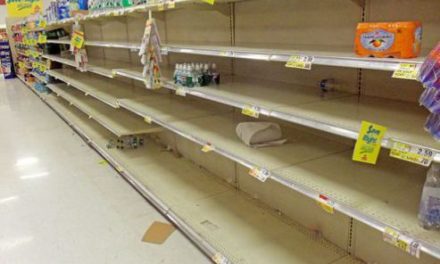With the midterm budget review and supplementary budget presentation in July came the announcement that ZimStats would no longer be furnishing the public with year on year inflation data. The reasons given were not very clear and academic Professor Steve Hanke stepped up on twitter announcing that he would still provide inflation data for Zimbabwe. There has long been a discrepancy between Hanke’s inflation rate and the official one, 558% vs 176% for the month of June 2019. With such a large difference we need to understand how & why the two differ and what it means to rely on Hanke’s figure.
Official inflation
Firstly we need to understand the way the official inflation rate is calculated and this will help us understand why they have decided to stop publishing it, but also why that move is unwise. The annual inflation rate that Zimand the Reserve Bank publish is based on the Consumer Price Index, they take a “basket of goods” and track price changes in that basket over time. The basket includes food, transport, housing and utilities among other things. Earlier in the year they had made slight changes in the calculation method that attempted to separate the domestic user basket from other users, this is believed to have understated inflation somewhat as it doesn’t reflect the full impact. Take for example a hike in fuel price would not immediately lead to a hike in ZUPCO fares and therefore would understate the effect of the fuel hike on individuals.
As we should all know Zimbabwe has a complex monetary system and that is ignored by the ZimStats measure. Consider this, according to the official position prices in 2009, 2014, 2016 and 2019 are considered the same even though these years had polarisation, the introduction of the bond coin, the introduction of the bond note and the scrapping of dollarisation respectively. Knowing fully well that in these years different premiums or rates were applied to non-US dollar (foreign currency) money.
Hanke’s inflation
Steve Hanke is a well-known academic who has reported on inflation data for many countries experiencing high and hyperinflation, not just Zimbabwe. He has calculated inflation rates as frequently as daily. Here’s an excerpt from a recent article about inflation in Zimbabwe and other countries which you can read here:
The most important price in an economy is the exchange rate between the local currency and the world’s reserve currency — the U.S. dollar. As long as there is an active black‐market (read: free market) for currency and the data are available, changes in the black‐market exchange rate can be reliably transformed into accurate estimates of countrywide inflation rates—if the annual inflation rates exceed 25 percent. The economic principle of Purchasing Power Parity (PPP) allows for this transformation
Purchasing Power Parity is an economic theory that in its simplest form looks at prices of the same or similar items in one place versus prices in another place and derives an exchange rate from the prices. Some Zimbabweans will already be familiar with translating prices to Rands when evaluating prices of goods, this is PPP in essence. So using PPP Hanke puts forward that not only can inflation be calculated but this inflation rate also incorporates the monetary complexities that our economy has.
Using this theory we can easily derive a current inflation rate. While Black market rates are hard to track historically and speculative in nature, we can use the Old Mutual Implied Rate which is also an implied exchange rate measure. On 20 August 2018 the OMIR was 2.5335 and today the OMIR is 18.8406. Therefore we can derive 18.8406/2.5335=7.436589698 which is effectively 743.66%. Which initially sounds like a lot but when you look at the fuel price movement in that time it doesn’t seem so far fetched.
So Hanke’s inflation measure incorporates the change in monetary value. It is odd that Finance Minister Professor Mthuli Ncube would not Favour this measure as he has been on record many times blaming the black market exchange rate for inflation.








